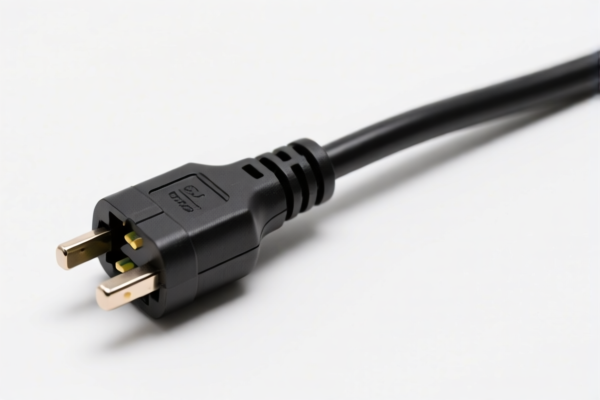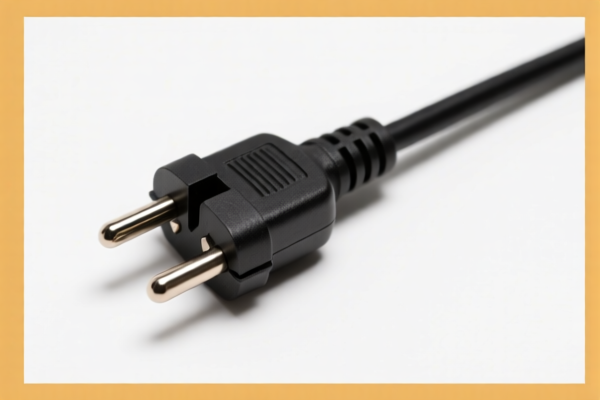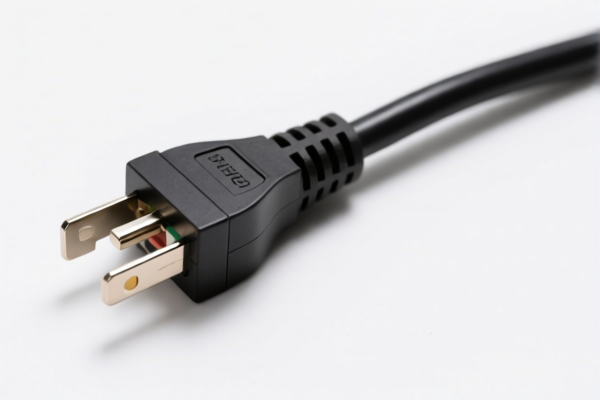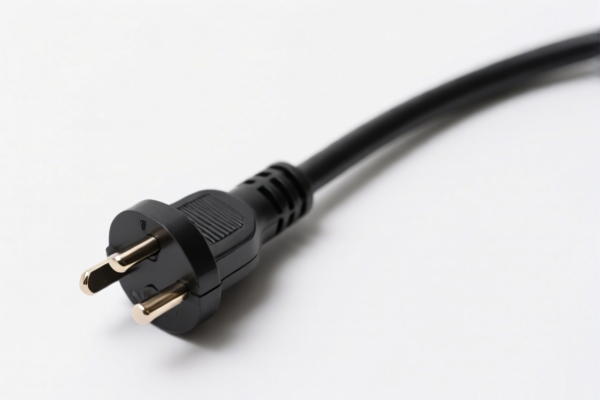| HS Code | Official Doc | Tariff Rate | Origin | Destination | Effective Date |
|---|---|---|---|---|---|
| 8544421000 | Doc | 55.0% | CN | US | 2025-05-12 |
| 8544422000 | Doc | 55.0% | CN | US | 2025-05-12 |
| 8548000000 | Doc | 55.0% | CN | US | 2025-05-12 |




Patch Wire
A patch wire, also known as a patch cord, is a short cable used to connect electronic or optical devices. It serves as a flexible intermediary for signal transmission, typically within a localized network or equipment setup.
Material:
- Copper: The most common material for Ethernet patch wires, utilizing conductors like copper-clad aluminum (CCA) or pure copper. Higher quality wires generally use pure copper for better conductivity and reduced signal loss.
- Fiber Optic: Used for high-bandwidth data transmission, employing glass or plastic fibers to transmit data as light signals.
- Insulation: Typically PVC (Polyvinyl Chloride) or TPE (Thermoplastic Elastomer) to protect the conductors and provide flexibility.
Purpose:
- Connectivity: Establishing temporary or semi-permanent connections between devices like computers, routers, switches, and patch panels.
- Network Management: Facilitating easy reconfiguration of network connections.
- Equipment Interconnection: Connecting various electronic components within a system.
Function:
Patch wires transmit electrical or optical signals between devices. They are designed for frequent connection and disconnection without significant signal degradation. The quality of the wire, connector shielding, and internal conductor construction impact signal integrity and bandwidth capabilities.
Usage Scenarios:
- Local Area Networks (LANs): Connecting computers to switches or routers in homes, offices, and data centers.
- Data Centers: Managing connections between servers, switches, and storage devices.
- Recording Studios: Connecting audio equipment such as microphones, mixers, and amplifiers.
- Telecommunications: Connecting telephone systems and networking equipment.
- Testing and Troubleshooting: Used for temporary connections during network diagnostics.
Common Types:
- Ethernet Patch Cables: The most prevalent type, categorized by their performance category:
- Cat5e: Supports up to 1 Gigabit Ethernet (GbE). Suitable for basic home and office networking.
- Cat6: Supports up to 10 GbE at shorter distances. Offers better performance and reduced crosstalk compared to Cat5e.
- Cat6a: Supports 10 GbE over longer distances. Provides enhanced shielding and performance for demanding applications.
- Cat7/Cat7a: Supports up to 10 GbE or 40 GbE, offering superior shielding and performance. Less common than Cat5e/6/6a.
- Fiber Optic Patch Cables:
- Single-mode: Used for long-distance transmission with higher bandwidth.
- Multi-mode: Used for shorter distances, typically within buildings or data centers.
- Audio Patch Cables: Typically utilize 3.5mm (TRS/TS) or ¼ inch connectors.
- Telephone Patch Cables: Typically utilize RJ11 connectors.
Connectors:
- RJ45: The standard connector for Ethernet patch cables.
- LC/SC/ST: Common connectors for fiber optic patch cables.
- TRS/TS (Tip-Ring-Sleeve/Tip-Sleeve): Used for audio patch cables.
- RJ11: Used for telephone patch cables.
Shielding:
- UTP (Unshielded Twisted Pair): No shielding.
- STP (Shielded Twisted Pair): Provides shielding to reduce interference.
- FTP (Foiled Twisted Pair): Provides shielding with a foil wrap.
- SFTP (Shielded Foiled Twisted Pair): Provides both foil and braid shielding for maximum interference protection.
Based on the provided information, “patch wire” can be classified under the following HS codes:
-
8544421000: Insulated (including enameled or anodized) wire, cable (including coaxial cable) and other insulated electric conductors, whether or not fitted with connectors; optical fiber cables, made up of individually sheathed fibers, whether or not assembled with electric conductors or fitted with connectors: Other electric conductors, for a voltage not exceeding
1,000 V : Fitted with connectors: Fitted with modular telephone connectors.- 85: Electrical machinery and equipment and parts thereof; sound recording or reproducing apparatus, television-image multiplier tubes, klystrons, magnetrons and like tubes. This chapter covers a broad range of electrical components.
- 44: Insulated conductors, cables, and other electric conductors. This heading specifically focuses on insulated electrical wiring.
- 42: Other electric conductors, for a voltage not exceeding 1,000 V. This subheading narrows the scope to conductors with a specific voltage rating.
- 10: Fitted with connectors: Fitted with modular telephone connectors. This further specifies the product as having modular telephone connectors.
-
8544422000: Insulated (including enameled or anodized) wire, cable (including coaxial cable) and other insulated electric conductors, whether or not fitted with connectors; optical fiber cables, made up of individually sheathed fibers, whether or not assembled with electric conductors or fitted with connectors: Other electric conductors, for a voltage not exceeding
1,000 V : Fitted with connectors: Other: Of a kind used for telecommunications.- 85: Electrical machinery and equipment and parts thereof; sound recording or reproducing apparatus, television-image multiplier tubes, klystrons, magnetrons and like tubes.
- 44: Insulated conductors, cables, and other electric conductors.
- 42: Other electric conductors, for a voltage not exceeding 1,000 V.
- 20: Fitted with connectors: Other: Of a kind used for telecommunications. This specifies the product as being used for telecommunications.
Regarding HS codes 8544421000 and 8544422000, please note the following tax details: the basic tariff is 0.0%, the additional tariff is 25.0%, and the additional tariff will be 30% after April 2, 2025. The total tariff is 55.0%.
Customer Reviews
No reviews yet.